The Trials of Dr. Carl Coppolino
While exploring my physician-father’s medical book collection at our home one day, I found an oddly titled one, The Practice of Hypnosis in Anesthesiology written by Carl A. Coppolino, MD. It even had an inscription from the author.
When I mentioned it to dad, I got an even odder reaction. It was something he didn’t care to discuss. Dr. Coppolino, who also suffered from a serious heart condition, had once been his patient. He was one of the nation’s most infamous physicians, too. The Coppolino murder cases were a sensation back in the mid-1960s and my father played a small part in the epic events.
Coppolino and my father were members of the medical staff at Riverview Hospital in Red Bank, NJ back in the early 1960s. Dad and his medical partner, Dr. George A. Sheehan, Jr., were considered top cardiology doctors in Monmouth County at the time, so it was logical that Coppolino sought them out (dad would diagnose him with angina pectoris).
As fate would have it, the two men followed similar educational paths. Coppolino graduated Fordham University (1954) in the Bronx and the SUNY Downstate Medical Center (1958) in Brooklyn, just like my dad did (in 1940 and 1943). I don’t know the type or outcome of care provided by dad back then, but Coppolino’s health was so poor that by age 30 he had already suffered several heart attacks, had retired as a practicing anesthesiologist, and was collecting sizable disability pay. A true polymath, Coppolino had also written several books and scientific papers on anesthesiology and was considered an expert on the matter.
The subject of sensational national- and state-wide headlines a half century ago, Coppolino was tried for murder in two states — who squabbled over who would try the wayward doctor first. The verdicts: not guilty in New Jersey; guilty in Florida. In New Jersey, he was accused of murdering the husband of his mistress. In Florida, he was charged with killing his 32-year-old wife Carmela, also a physician. The cases were covered extensively by the newspapers.
Coppolino later called his NJ trial “the most laughable murder case” in state judicial history. Judge Elvin Simmill of the Monmouth County Superior Court in Freehold presided over the case; he was a former Speaker of the NJ State Assembly.
“If a doctor goes wrong he is the first of criminals. He has nerve and knowledge.”
—Arthur Conan Doyle
The accused doctor was defended in both cases by the celebrated trial attorney, F. Lee Bailey. Troubled later in life (this Washington Post story called him “broke and disbarred”), back then Bailey was just coming into his own as the nation’s best criminal defense attorney. The flamboyant Boston lawyer — he flew his private plane in for the first day of trial in Freehold — was already making headlines for defending another physician convicted of murder. Dr. Sam Sheppard, an Ohio osteopath, had been in jail for over 10 years for the slaying of his wife, Marilyn. Bailey argued Sheppard’s case before the US Supreme Court, got him sprung on appeal in 1966, and then won a retrial. Dr. Sheppard died in 1970 a free man.
As a teenager I had thoughts about becoming a lawyer, so I followed Bailey’s career and found him a fascinating man (see his autograph below). Bailey covers both doctor-murder cases in his 1971 book, The Defense Never Rests. The man could write too. It was a best-seller then and is still very interesting reading today. Bailey died in June 2021 at age 87.
The December 1966 New Jersey case was murder-mystery paradise. Coppolino was charged with murdering retired US Army Lt. Colonel William Farber in July 1963. He was the spouse of Marjorie Farber, the women with whom Coppolino was having a secret passionate affair. Marge was the Coppolino’s Middletown neighbor (on Wallace Road), very attractive, and nearly 20 years older.
Police investigators believed Coppolino smothered Col. Farber in his sleep; Bailey argued that his death was from natural causes. Mrs. Farber would testify that Coppolino had involved her in the deadly deed through hypnotism. In winning the case, Bailey would uncork the classic courtroom line: “hell hath no fury like a woman scorned” about the jilted Mrs. Farber. In December 1966 Coppolino was acquitted. It was the first murder trial loss for Monmouth County Prosecutor Vincent Keuper since his appointment in 1953.
In February 1967, the legal action moved to Naples, Florida where it was alleged that Coppolino in August 1965 had given his wife a lethal dose of succinylcholine chloride, a deadly muscle relaxant then undetectable in the human body (at their Bowsprit Lane home in Longboat Key, Fla.). NJ prosecutors also suspected, but could not prove, that Col. Farber got a “perfect poison” injection as well. Seeking a better climate for his health, Coppolino had moved his wife and two young daughter from New Jersey to Sarasota, Florida in 1965.
Prosecuting the state’s case in Florida was Frank Schaub. Coppolino after having testified at his first trial — where Bailey found him to be an excellent witness on his own behalf — declined to take the stand in Florida. Shattering Bailey’s “brag about having an impressive 19-string victory in homicide cases,” Coppolino was convicted in April 1967 and sentenced to life in prison. He served just 12 years.
Paroled in 1979, a year later he wrote a book, The Crime That Never Was. “This is the story of a trial that should never have been held, of a sentence that should never have been passed, and of a conviction that should never have been upheld — for a crime that never happened,” Carl Coppolino wrote. I believed he died in 2017.
The matter of Carl Coppolino was something that made my father uncomfortable. Dad admitted to me that just as Coppolino was going to be tried in the first murder case he received a long jailhouse-written letter from him: “explaining his woes,” dad said. When I did my journalist’s probe on dad for the juicy details, he couldn’t remember the contents. “I burned it,” he said, “your mother insisted.” I can only imagine.
Later I learned that dad was also summoned to the Monmouth County jail in Freehold in October 1966 where Coppolino had taken ill while being held there per-trial. Dad testified that together with his bad heart and the “emotional difficulty”of jail time, Coppolino’s health was worsening. He was still Coppolino’s physician. Again, my mom didn’t want him to be part of it, but dad did it anyway.
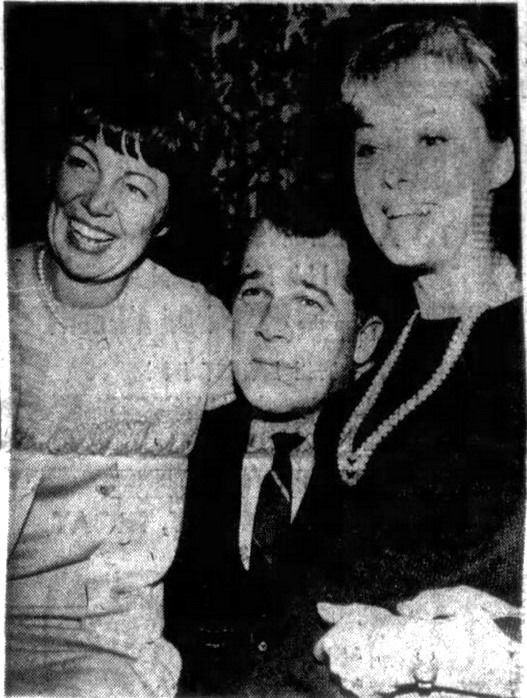
Not Guilty in NJ — Attorney F. Lee Bailey (c) celebrates at the American Hotel in Freehold after winning acquittal of murder for Dr. Coppolino. Red Bank Daily Register, December 1966. At left is Mary Coppolino and right is Bailey’s wife, Froma.
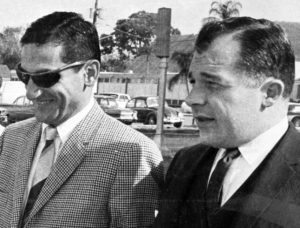
Dr. Carl Coppolino (l) and F. Lee Bailey (r) during the Florida trial, April 1967 (NY Daily News Photo).
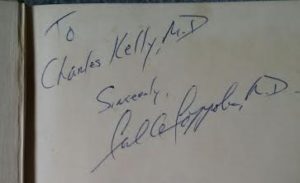
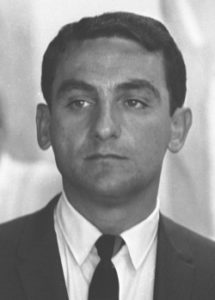
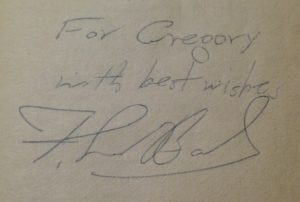
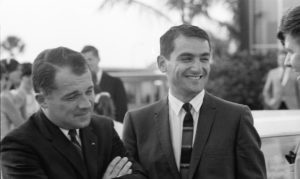

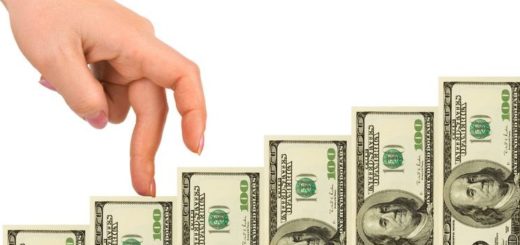
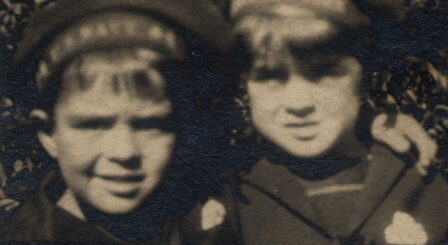


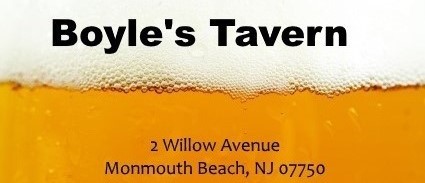
(Florida State Prosecutor Frank) Schaub had a witness testify that Carmela’s death was wrongly ascribed to a heart attack because Coppolino persuaded a physician that she had suffered chest pains earlier. He called Carmela’s father to relate how Coppolino claimed an autopsy had proved that a heart attack was the cause of death — though in fact no autopsy had been performed at the time.
Somehow you make time stop and fly at the same time. I enjoyed your posts.
Love your writing Greg. Very captivating article. So Dr. Coppolino got away with murder. Sad…
I was a young court reporter when this happened. The media would not leave Dr. Coppolino alone — he was unfairly convicted by the press.
Guilty as sin. Rot in hell.
Was this a miscarriage of justice? Who knows?
Carl Coppolino, M.D. was acquitted of murder in New Jersey, but was convicted of second-degree murder in Florida. Odd verdict, that. How the hell can one allegedly administer a drug — which requires premeditation — and be convicted of second-degree?
I read Coppolino’s book years ago. He discusses his prison experiences, and his legal efforts to gain parole. I remember he was critical of F. Lee Bailey’s money-grubbing after Coppolino’s conviction in Florida.